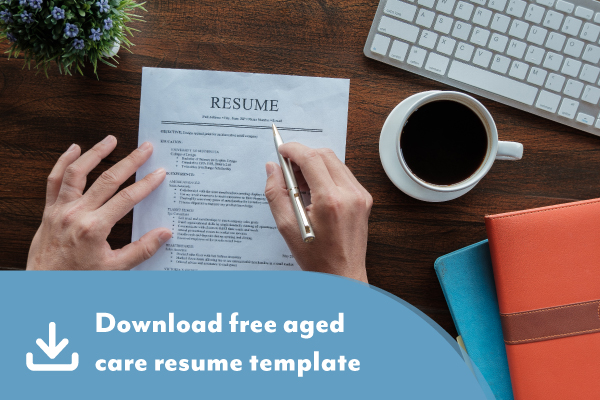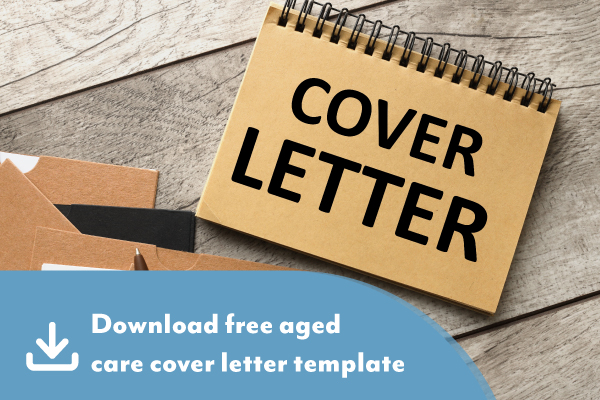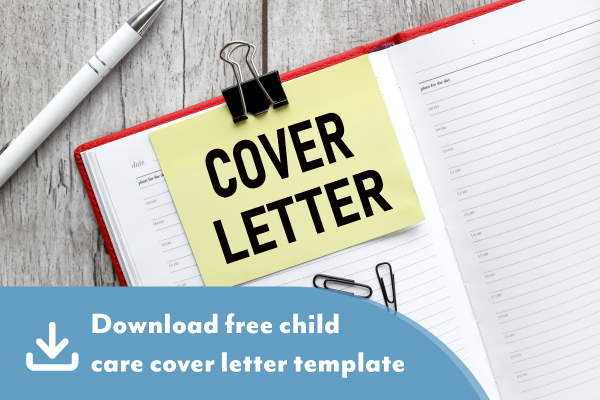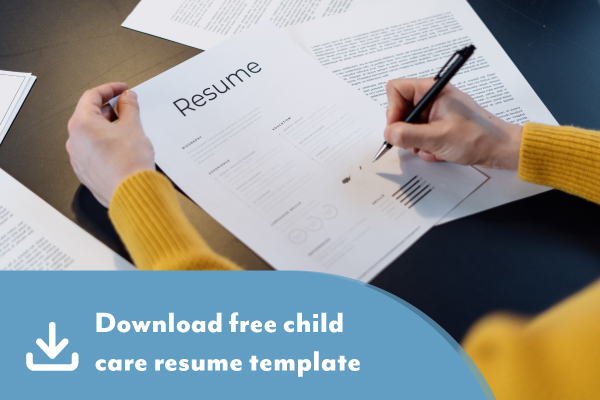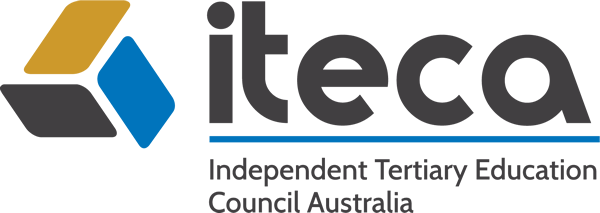You’ve gained the qualifications you need, you’ve completed the required training or practical placement, and are now ready to begin an exciting career in your chosen field. So how do you go about getting the job you want?
Beginning the job search for your first or next role can sometimes be a bit daunting especially if it’s your first time applying for jobs in the sector you’re looking to work in.
Whether you are looking for a job in early childhood education and care, aged care for example, or another sector, we’ve put together this helpful guide to support you to find the job you want!

Writing a resume
It’s one thing to feel qualified and know in yourself that you have what it takes to thrive in your field, but you also need to be able to explain and demonstrate this to potential employers!
Knowing how to write a resume that showcases you perfectly can make a big difference during the job application phase. In fact, a well-crafted resume is what will ensure you get the chance to meet.
When you sit down to write your resume, keep the following top tips in mind:
1. Be professional
Ensure your email address is appropriate for work purposes, don’t be too casual and check your social media for anything that could impact your reputation.
2. Cover how amazing you are
Many people find it difficult to showcase themselves, but for a resume it’s a must. Outline your qualifications and experience to demonstrate that you’re equipped.
3. Make it easy to read
Clear layout and language mean that nothing will get lost in translation.
4. Include quality references
References can be trainers, former employers or your placement mentor who will share a bit more about you. Make sure you first check with your references that they are happy to be on your resume and so that they know they may receive a call.
5. Check the requirements when submitting
Does the employer want your resume as a word document or a pdf? Where should you send it? Ensure you tick all the boxes for the application process.
Writing a cover letter
While your resume will likely be used across multiple job applications, it’s also common practice to submit a cover letter with your resume when applying for work.
A cover letter is a one-page document that should introduce you, the applicant, to the prospective employer. Keep it concise and aim for somewhere between 250 to 400 words. Rather than simply repeat what is in your resume, make it more of a greeting and introduction.
An easy cover letter structure to follow goes like this:
- Header: Your contact information
- Greeting: Dear [name] or Dear Hiring Manager
- Paragraph 1: The ‘grab’. Highlight your key competencies.
- Paragraph 2: Why you are applying and suited to the role.
- Paragraph 3: Show that you have researched the company and why you are suited to work for them.
- Closing: Thank them for their time and invite them to contact for you anything further. Sign off with Kind regards or similar — cheers is a bit too casual.
How to impress in your job interview
Once you have submitted a cover letter and your dazzling resume, you are sure to get a phone call or email inviting you in for a job interview.
If you are new to the sector, remember to leverage everything you learned through your practical placement or training.
A little preparation can help the job interview process to go smoothly and contribute to the way you are perceived. Heading in with no preparation can heighten nerves, so take a moment to get sorted before the day. These tips will have you going into your interview feeling confident:
1. Plan the day in advance
Know where you are going and how you are going to get there. Leave enough time for any potential delays in traffic or transport.
2. Present yourself appropriately
Being well-presented shows that you take pride in yourself. Dress neatly, ensure you look clean and fresh and try to make eye contact and smile to put your best foot forward.
3. Know the role and company
Do your research and have a firm idea of what the company’s mission and values are, as well as what the advertised role involves.
4. Practice answering questions
Try to get comfortable answering questions such as:
- Tell us about yourself
- What are your strengths and weaknesses?
- How have you or how would you resolve a conflict in the workplace?
- What do you like about working in the sector?
- Why are you the best person for this job?
5. Ask questions
Chances are your interviewer will ask if you have any questions. It’s easy to just say that you don’t, but you could show initiative and learn more by asking something like:
- Is there anything you want me to elaborate on?
- What does success look like in this role?
- Is there room for growth within this role?
6. Send a follow-up
When the job interview is finished, the waiting game begins. But rather than just wait around, why not create another opportunity to stand out? A follow-up email saying thanks again and that you’re looking forward to hearing from them shows that you are keen and ready to go.
How Selmar can support you with applying for jobs
The support that the Selmar team provides to our learners extends to helping you flourish as workers in the aged care and early childhood education and care sectors.
Our learner success team is dedicated to your success and can provide invaluable advice throughout the job application process. They can even help you with writing your resume and cover letters, so you can be sure you get it just right.
Reach out to your trainer to gain contacts within the early childhood education and aged care sectors and different opportunities for you to explore with your qualifications. The learner success advisors will also guide you with the best ways to leverage your performance during practical placement to gain employment.
Creating job-ready graduates who have the knowledge and skills to shine in early childhood education and aged care is what we are all about.
